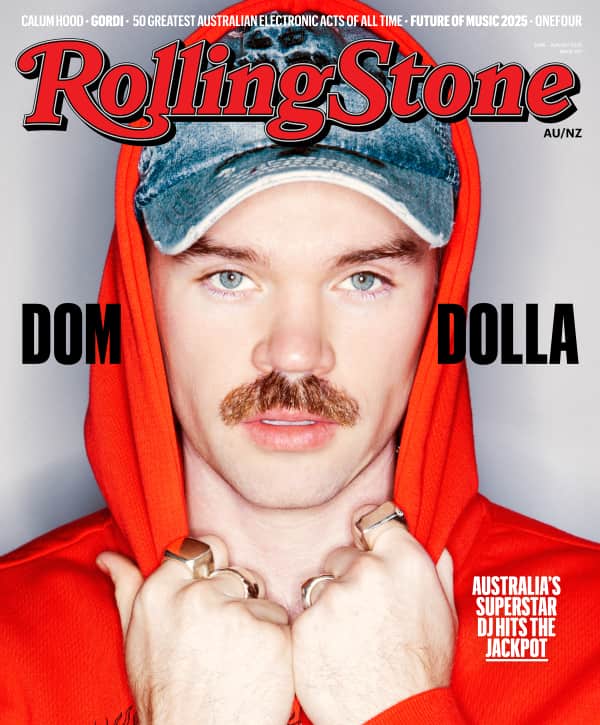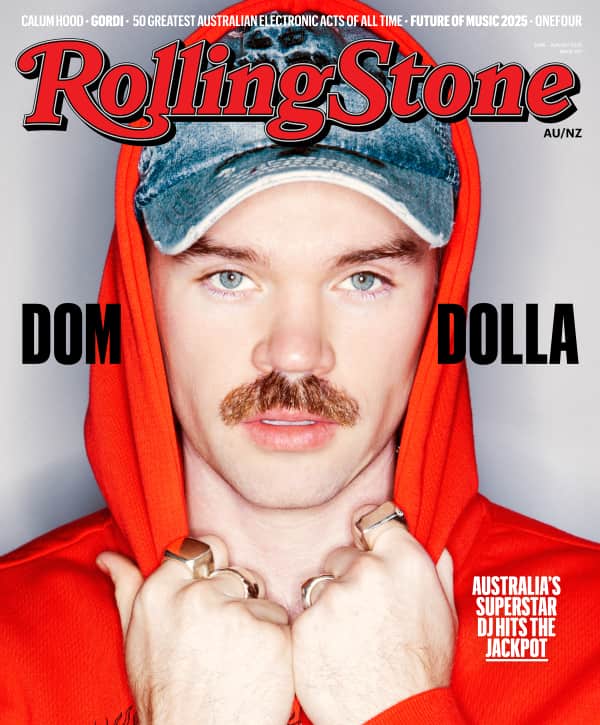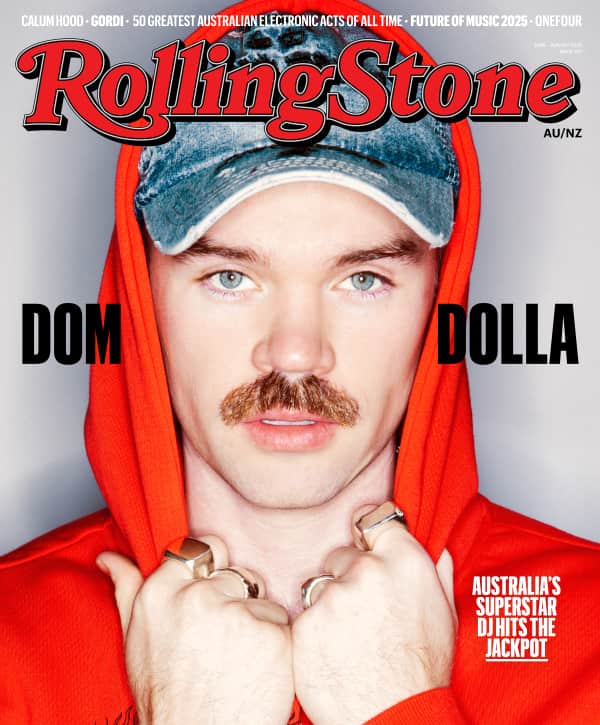For the last several decades, Leo Kottke has perfected the way he likes to tour. Instead of using a tour bus, the guitarist drives himself, piling his guitars into the back of a rental car. He deals with venue staff directly, settling up on his own. And he doesn’t bring a band. “The promoters know that I have no logistics, no rider, no tour manager, and they get me in and out and be done with it,” says the guitarist, 74. “The crews are real happy to see me, because they don’t have to do a goddamn thing.”
That formula has worked out well. Kottke has been selling out theaters across the country, playing his wild, highly technical blend of bluegrass, folk, and jazz and classical music since releasing his 1969 album 6- and 12-String Guitar. “He’s like this iconic American treasure living in his own bubble,” says Mike Gordon of Phish. “He’ll travel the country listening to the Lone Ranger series from the 1950s in its entirety in the car.”
Gordon saw Kottke for the first time playing at a club in Burlington, Vermont, in the early 1980s. At the time, Gordon was listening to a lot of Led Zeppelin, but he was looking to expand his tastes, after meeting bandmate Trey Anastasio. “It would sound like classical one moment, then jazzy, then folky and then bluegrass-y,” Gordon says of Kottke’s style. “It went around the globe. And the stories that he tells between songs are more than half of what you pay for, because someone always gets killed or maimed or embarrassed.”
He kept going to see Kottke’s shows, and attended one of the older artist’s guitar workshops. While he was home from a Phish tour in the late 1990s, Gordon was driving when an interview with Kottke came on local radio in Burlington. “Something just clicked, and I realized, ‘Oh, I could I could relate to this guy; I could do something with him.’ And I should give it a shot.’”
Gordon decided to make Kottke a care package. It included a compilation of Mike’s Corner, the series of esoteric columns that Gordon wrote for Phish’s newsletter in the Nineties; a copy of Bass Player magazine with Gordon on the cover; and a new recording of Kottke’s 1969 track “The Driving of the Year Nail,” which Gordon had overdubbed a bass part onto.
Gordon handed Kottke the package at one of his shows at Vermont’s Higher Ground. He didn’t hear anything back for months. “I think, ‘Okay, well, he didn’t really like the tape,’” says Gordon. Then Kottke called him. “He said, ‘I finally got around to listening to it. Actually, a lot of people have done this over the years, recording stuff over my playing and given it to me. It’s kind of cheesy.’ And my heart sank a little bit. And he said, ‘But in this case, there was something interesting about it.’”
They made a plan to get together and jam at Anastasio’s barn in Vermont. It was rough at first: “It was one of the most embarrassing, godawful days I’ve ever had,” says Kottke. “Mike was uncomfortable. We tried and tried and tried for hours. I mean, it was bad.’”
Love Music?
Get your daily dose of everything happening in Australian/New Zealand music and globally.
“Everything I tried to do along with his playing didn’t sound right,” says Gordon. “If I tried to do standard bass playing — like, if the song sounded a little bit reggae-ish, I’d play a reggae bass line — that would kill it, because what’s so cool about Leo is he’s just insinuating these genres and moods and patterns, and he’s just he’s just nodding toward them. And then I would try to do the opposite, which is just to kind of noodle around. And that wasn’t helpful at all.”
Then, as Gordon was putting away his instrument, Kottke played a short riff. “Mike turned around and said, ‘What’s that?’” They sat back down and played a little more. “We knew we could play,” says Kottke. “We’ve humiliated ourselves, but in the end, oh, no, this will work.”
That session was the beginning of a musical partnership that continues with Noon, their third album together, released this month. The album is full of lilting grooves that go on wild musical tangents — the result of two artists who have dedicated their lives to mastering their instruments as much as they can. “When we play, it sounds like three people. There’s a bass going, and there’s a melody, and there’s accompaniment, and it’s all built in,” says Gordon. “As soon as your brain can see the pattern, he buries it.” Kottke sometimes sings in his endearing baritone, which he famously once likened to “geese farts on a muggy day.”

Mike Gordon (left) and Leo Kottke perform at Zilker Park in Austin, Texas on September 23rd, 2005. (Photo: Tim Mosenfelder/Getty Images)
‘When Mike and I are in a small room, no mics, no amps, it’s it’s an uncanny experience,” Kottke says. “When the mic is on each of us, and we’re both out front, it is a little like a mattress on a bottle of wine: You got to get that right, or it won’t work. And the way Mike solves that, when he plays, he continues to just knock me out.”
Kottke thought he was done making albums after his last Gordon collaboration, 2005’s Sixty Six Steps. After that, he’d asked his label to let him out of his deal, even though he owed two more records. “Social media and Spotify and all this stuff had struck, and I just didn’t have the heart for it,” he says. “My focus has never been the record itself. It’s always been the concert. It always seemed like embalming rather than recording. No, I just thought I’d forget about it. You know, why do I want to record? There’s a lot of records out there. But then, you know, Mike happened.”
A few days before we spoke, Kottke played his first show of the pandemic, near his home in St. Paul, Minnesota, at the Center for Victims of Torture. There were less than 10 people in the audience, but Kottke loved it. “The guitar saved my life,” he says. “So it’s kind of like a duty, obligation.”
Kottke tells the story of childhood this way. As a kid growing up in Oklahoma, his sister died at a young age. Shortly after that, Kottke came down with mono. “My heart was fucked up, and I was supposed to stay flat for two months,” he says. “I was just slowly going into the grave. I know I was.”
During those two months, Kottke didn’t have a lot to do. His mother heard him singing along to the radio one day, so she bought him a guitar. “I made an E chord, and I sat up, I mean, like, yanked up. I looked out the window at the blue sky with those big, fat white clouds. I was alive again. I was out of bed in a week. A lot of people wish for something like that. It really was a big deal, and that’s all I’ve done since…keep playing.”
As his family moved around the country, Kottke soaked up musical influences; folk in Oklahoma, the blues in Washington, D.C. (where he saw Mississippi John Hurt), and bluegrass in Virginia. He joined the Navy, but avoided going to Vietnam, and landed in Minneapolis for college. After dropping out of classes, he sent a tape to John Fahey, the country-blues pioneer. Fahey asked him to make an album for his Takoma label.
Kottke sat down and played everything he knew. The result was 6- & 12-String Guitar. “With all the shit that has been released recently, it was a distinct pleasure to come across this album,” Carl Brauer wrote in Rolling Stone at the time. “It’s only natural to want to compare his style with that of John Fahey. Kottke’s more tranquil passages are similar, but his fingerpicking is more intricate and inventive; he radiates energy, whereas Fahey is more subtle.” Pete Seeger called Kottke “the best 12-string guitarist [I’ve] ever heard.” Kottke was signed to Capitol for 1971’s Mudlark. But the albums he made there, full of eccentric tracks like “The Driving of the Year Nail” and “The Sailor’s Grave on the Prairie,” failed to make a dent on the charts.
“The labels always had trouble commercially because I don’t have a demographic,” Kottke says. “I mean, I have a wide demographic, but but you can’t pinpoint anything. So it’s impossible to market me. People will come up to me and [say] they found a record. It’s word of mouth. The records work for you, laying around somewhere.”
After leaving Capitol, Kottke recorded with a rhythm section on 1979’s Balance, which included an excellent cover of Buddy Holly’s “Learning the Game” — but for Kottke, playing with other musicians never felt right. “I rarely play with other people, because I’m not good at it. I’ve taught myself, and I play alone, and you play a little differently with other people. You kind of have to learn how to do that. So it can work. But it’s a pig in a poke.”
Gordon remembers the fall of 1983, when he saw Kottke in Burlington, as one of the most transformative periods of his life. That September, he answered a “bass player needed” ad and met Anastasio for the first time; soon they were playing a dorm room lounge at the University of Vermont. “25 people danced,” Gordon says. “The rhythms did not fall together smoothly in my opinion, but the energy did.”

Mike Gordon and Leo Kottke at Gordon’s home studio in Vermont, August 2019. (Photo: Jared Slomoff*)
Gordon remembers going to see Kottke that October at Hunts, a Burlington club, with his new Phish bandmates. “I was astounded at how clean the guitar sounded, how many different genres were mixed, and how when he got soft you could hear a pin drop,” Gordon says. “I had never seen a crowd so transfixed and riding with the dynamics like that.”
He likens the experience of playing together with Kottke for the first time, years later, to his first time playing with Anastasio, or to the time Bruce Springsteen came to jam in Phish’s trailer at Bonnaroo in 2009. (Gordon recalls seeing Springsteen “stripped down from this band, his stage antics and his gear, and he just had the Telecaster. I became a huge fan right then.”)
When they work on music together, Kottke stays at Gordon’s house. “He wakes up in the morning and he plays guitar,” Gordon says. “Eight hours later, maybe he’ll eat, read and walk and meditate. But all day, he’s playing guitar. It’s noodling, but it’s always world-class. It’s always like a concert. It’s a treat for everyone in my family.”
For Gordon, touring with Kottke was a lot different than Phish. He describes one of their first tours, in 2005, as being “Leo-style, which means no crew, no tour manager, no sound person, just a tiny rental car and some guitars in the trunk. I remember I put on a Grateful Dead jam. And he was like, ‘Okay, that’ll be enough of that.’”
It took Gordon and Kottke 15 years to make Noon. The peak of the album is “Ants,” a dark, complex instrumental that spirals into growing levels of tension. It wasn’t easy to get there. Gordon first saw Kottke play the song at a show in 2009. He recorded Kottke playing it on his cell phone. Gordon spent a year learning the song, overdubbing his bass part bar by bar. “I played it for Trey in the car, all these different friends. I was so proud of that. I thought it was the best bass line that I’d ever written in my life.”
Gordon tried sending Kottke a digital version, but that didn’t work. So he sent Kottke a boombox with “the CD in it and a big button saying ‘push play.’ We sent a block of cheese and some maple syrup from Vermont. And Leo eats the cheese and uses the maple syrup and never plugs in the boombox.”
He remembers Kottke saying that he can’t know whether a bass line is working from a recording; he needed to hear it in person. “I was like, ‘Well, fine, but what that means is I’m going to have to spend six months learning to play this bass line, which I recorded one bar at a time, a couple bars here and there. It’s gonna take me six months to be able to execute that bass line, only to get in a room with you and find that you don’t like the bass line. Why should I spent six months learning a bass line that you probably don’t like anyway?”
They made a plan to go to New Orleans to work on new music. Gordon locked himself in a hotel room for a week beforehand, practicing “Ants.” They recorded it — but sure enough, Kottke didn’t think it sounded right. Gordon got a little angry. “I’m like, of course, it wasn’t going to sound good, because I [lost] my emotional connection,” he says.
Then their producer, Jared Slomoff, made a tweak to the mix, putting the bass in the middle of the sound field, rather than on the far left. “It came to life,” Gordon says. “We sent it to Leo and he’s like, ‘Oh my God. Now I like “Ants” again.’” He laughs. “I’m just kind of painting [the picture]. Waiting 15 years to make an album doesn’t mean that it’s going to be easy, of course.”
Kottke boils down the same story to its result: “It took me a while. At first, I couldn’t hear, and then, that resolved somehow. You know how you fuss around.”
From Rolling Stone US



























